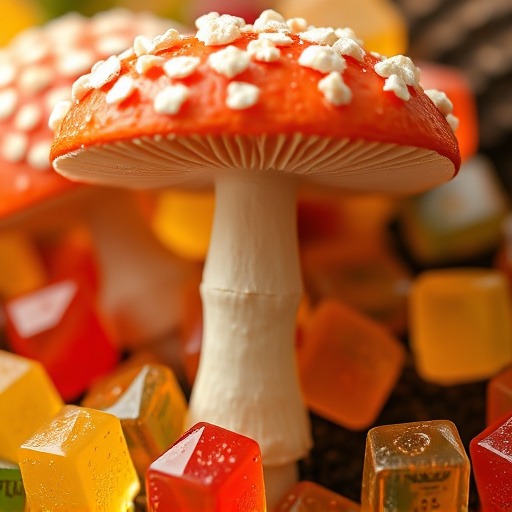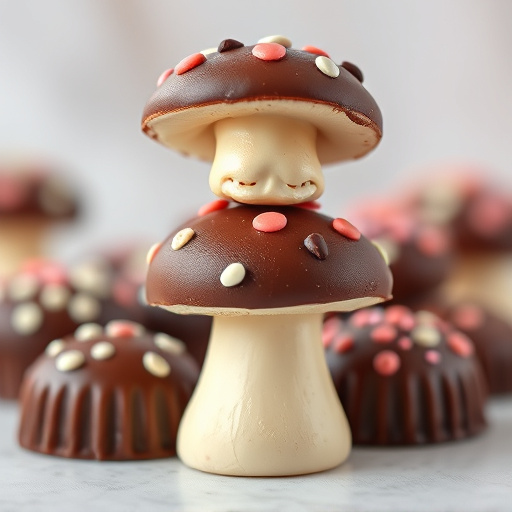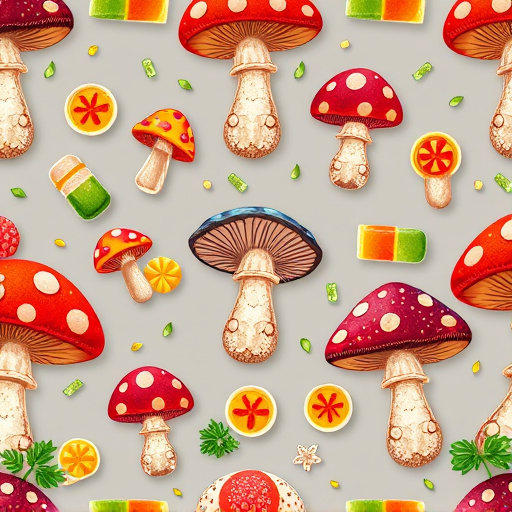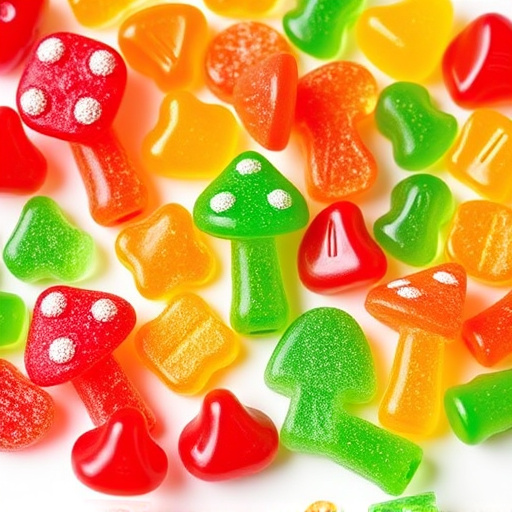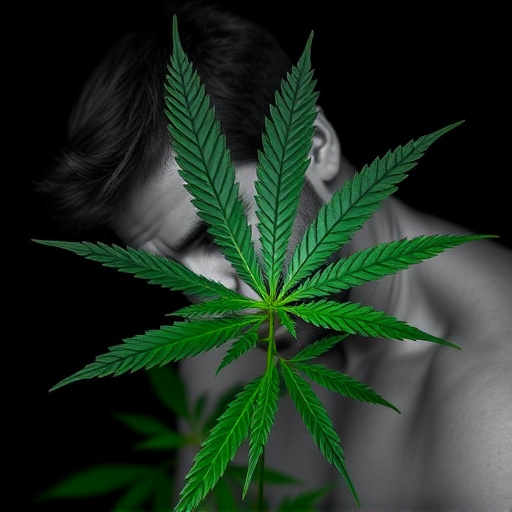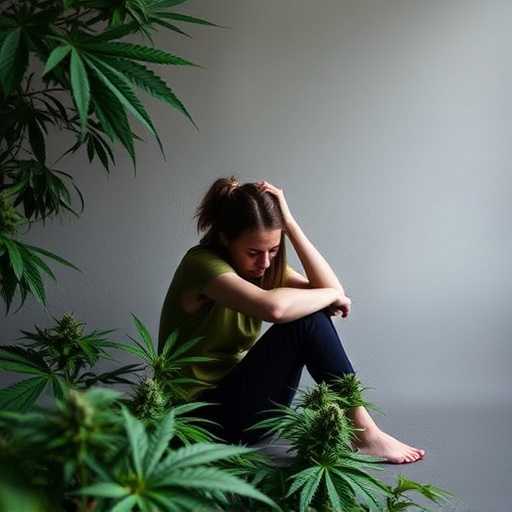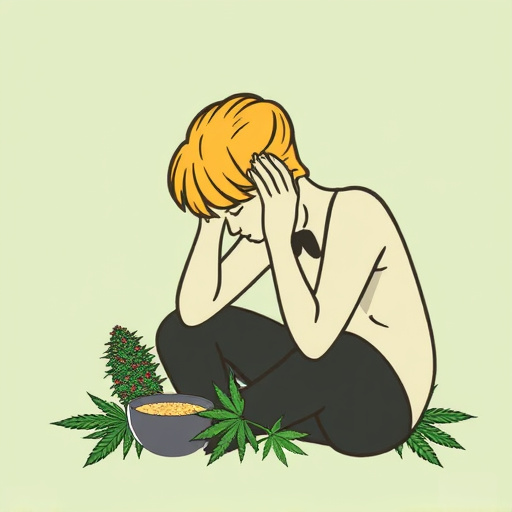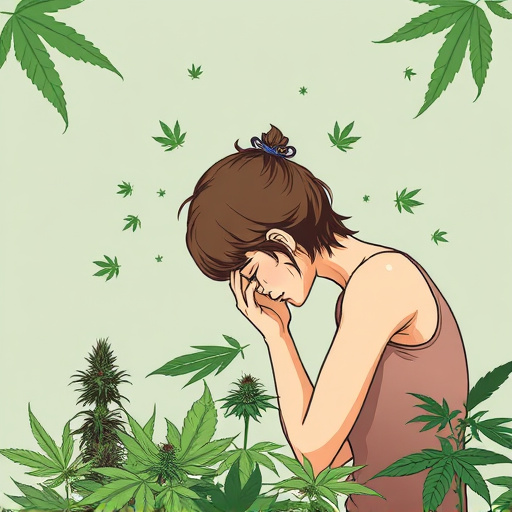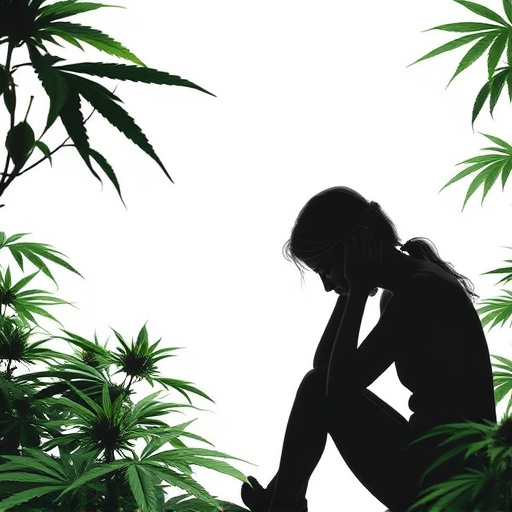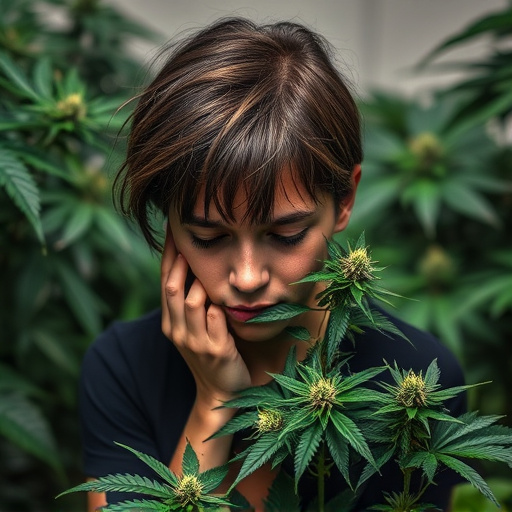Cannabis "dryness" due to cultivation and storage impacts burning consistency, health risks, and terpene profiles, potentially diminishing therapeutic effects for depression management. Maintaining optimal humidity (40-60%) is vital for safety and efficacy when using cannabis for mental health relief. Balancing THC levels and exploring CBD-rich strains offer promising natural solutions. Regular inspection of buds and storage practices ensure an enjoyable experience and maximize therapeutic benefits for conditions like depression.
“Can you smoke overly dry cannabis? It’s a question that puzzles many users. This article delves into the intricacies of cannabis dryness, its effects on user experience, and how it differs from ideal conditions. We explore popular cannabis strains known for their antidepressant properties, offering a comprehensive guide to alleviate depression symptoms naturally. Additionally, we provide practical tips to mitigate risks associated with using overly dry cannabis. By understanding these factors, users can make informed decisions to enhance their well-being.”
- Understanding Cannabis Dryness and Its Impact on User Experience
- Exploring Cannabis Strains for Depression Relief: A Comprehensive Look
- Tips to Mitigate the Risks of Overly Dry Cannabis Use
Understanding Cannabis Dryness and Its Impact on User Experience
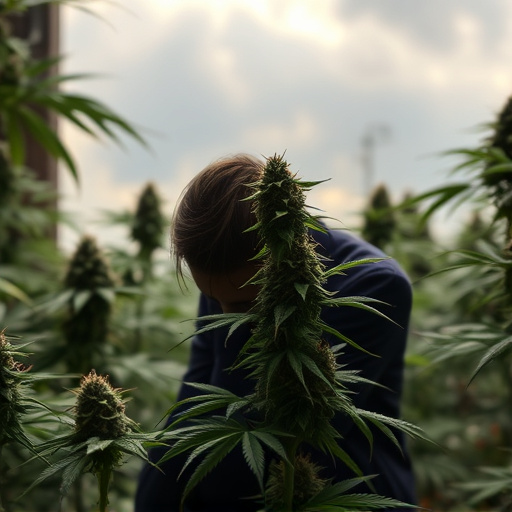
Cannabis users often talk about the “dryness” of certain strains, but what does this actually mean? Cannabis dryness refers to the lack of moisture or humidity in the plant material, which can be influenced by various factors during cultivation and storage. When cannabis is overly dry, it can significantly impact the user’s experience.
For those seeking relief from depression or anxiety through cannabis strains for depression, maintaining an optimal level of moisture is crucial. Dry cannabis may burn unevenly, leading to a less enjoyable smoke and potential health risks. Moreover, dryness can affect the plant’s terpene profile—the aromatic compounds responsible for giving different strains their unique flavors and effects. This disruption in the terpene makeup could alter the desired therapeutic outcome, especially when looking for specific cannabis strains for depression management.
Exploring Cannabis Strains for Depression Relief: A Comprehensive Look
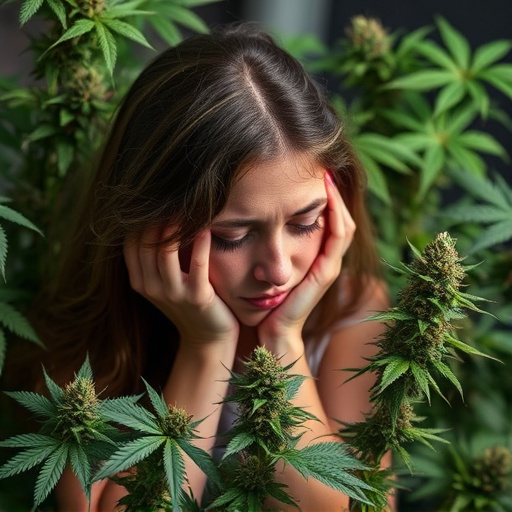
Many people turn to cannabis as a natural alternative for managing symptoms of depression, and for good reason. Certain cannabis strains have been shown to possess potent antidepressant properties due to their unique chemical compositions. When exploring cannabis strains for depression relief, it’s essential to understand that different strains offer distinct effects, and some may be more effective than others for individual needs.
THC, the primary psychoactive compound in cannabis, plays a significant role in its ability to alleviate depressive symptoms. However, it’s crucial to strike a balance; while higher THC levels can provide relief, excessive consumption may lead to adverse effects, such as increased anxiety and paranoia. Cannabidiol (CBD), on the other hand, is gaining popularity for its potential antidepressant benefits without the psychoactive high associated with THC. Exploring cannabis strains that are rich in CBD or offer a harmonious combination of THC and CBD could be a game-changer for those seeking natural depression relief.
Tips to Mitigate the Risks of Overly Dry Cannabis Use
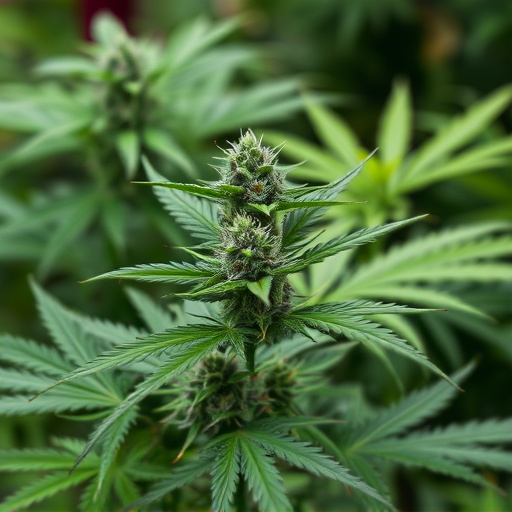
If your cannabis is too dry, it can lead to an unpleasant smoking experience and potential health risks. To mitigate these dangers, especially when using cannabis strains for depression or other medical purposes, maintain a humidity level between 40-60%. Store your bud in airtight containers with desiccant packets to prevent moisture loss. Consider using a humidifier or vaporizer to ensure optimal cannabis consumption—these tools help preserve cannabinoids and terpenes, ensuring a more effective and enjoyable experience.
Additionally, always inspect your cannabis before use. Look for signs of mold or mildew, which can indicate excessive dryness and potential toxicity. Opt for strains known for their higher moisture content if dry buds are a recurring issue. Remember, the right humidity level not only enhances flavor and aroma but also ensures you receive the full therapeutic benefits of your chosen cannabis strains for depression or other medical conditions.
While exploring cannabis strains for depression relief, it’s crucial to balance moisture levels. Overly dry cannabis can negatively impact user experience and potentially mitigate its therapeutic effects. By understanding cannabis dryness and implementing tips to mitigate risks, you can ensure a safer, more enjoyable journey with cannabis for managing symptoms of depression. Remember, the right strain combined with proper care can offer much-needed relief.


